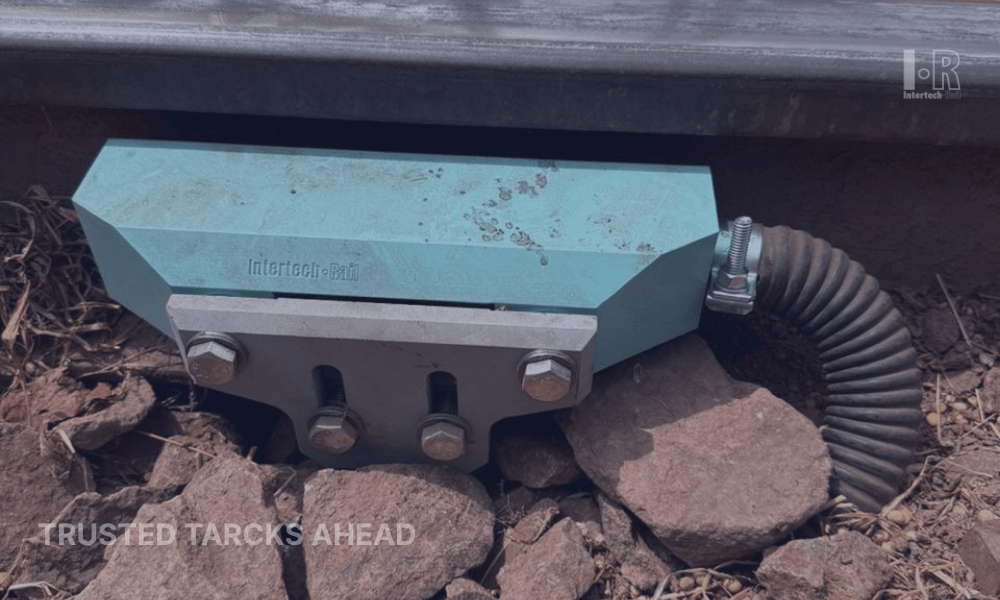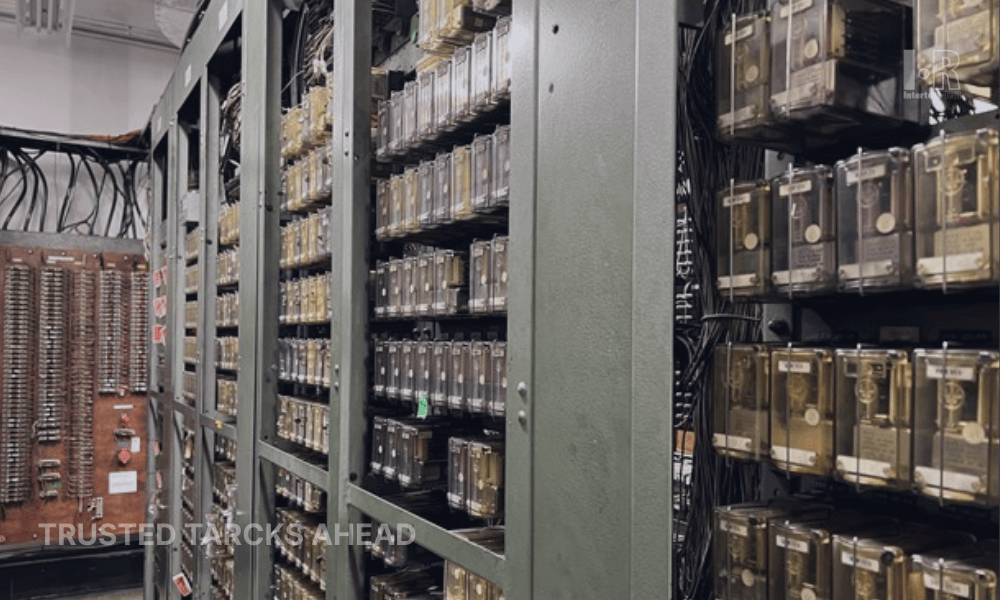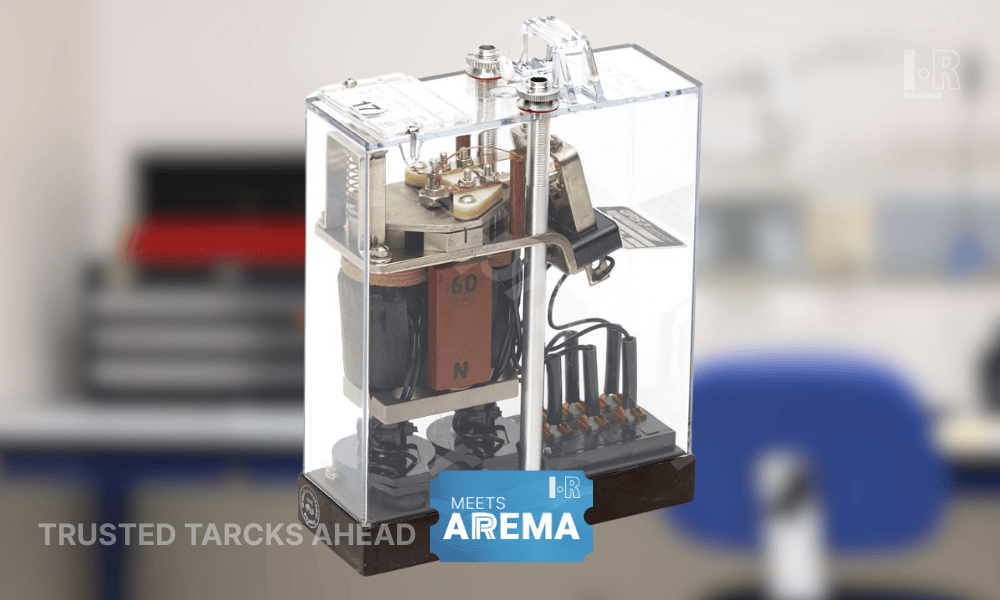Train Wheel Sensors
Train Wheel Sensors: Advanced Technology for Railway Safety and Operational Efficiency

After years of walking along tracks in all kinds of weather, I’ve learned that one of the smallest components in the railway ecosystem can make some of the biggest differences: the train wheel sensor. Hidden beside the rails, these devices quietly feed critical data into signalling, monitoring, and safety systems, information that keeps trains on time, passengers safe, and operations efficient.
Fundamentals of Train Wheel Sensors and Detection Systems
At their core,
train wheel sensors
are about precision. They identify the exact moment a wheel passes a given point, triggering events in control systems. In modern railways, these sensors form part of larger wheel detection systems, working alongside axle counters, signalling relays, and monitoring platforms. A correctly calibrated sensor can tell you not only that a train is present, but also which direction it’s moving, how fast, and whether all axles are accounted for.
The Evolution of Wheel Detection Technology
The early models were robust but basic, often mechanical, prone to wear, and offering limited data. Over the last two decades, we’ve seen a shift toward
non-contact technologies that deliver higher reliability in harsh environments.
Now, instead of just closing a circuit when a wheel passes, advanced systems can withstand snow, heat, electromagnetic interference, and still deliver clean, accurate signals to the control network.
Types of Train Wheel Sensors
In the field, you’ll find several main designs, each with strengths for specific applications:
- Inductive: Detect the presence of metal wheels via changes in electromagnetic fields. Reliable in most conditions.
- Magnetic: Use permanent magnets to sense wheel movement; simple and low-power.
- Fibre optic: Measures changes in light transmission when a wheel disturbs the fibre; excellent for high-EMI areas.
- Radar/Laser: High-precision systems capable of measuring speed and wheel profile in real time.
Choosing the right type isn’t just about budget; it’s about matching the sensor to environmental conditions and operational needs.
How They Work: The Core Principles
Although designs differ, the principle is straightforward: detect a wheel without physically touching it. Most systems rely on detecting a change in a physical property, electromagnetic field, light, or reflected signal, and converting that change into a digital signal for the control system. The key is
accuracy over time, even after thousands of train passes, vibration, and exposure to dust or water.
Critical Applications in Railway Operations
Wheel sensors aren’t just about knowing a train is there. They enable a range of vital functions that impact both safety and efficiency:
- Level crossing safety: Triggering barriers and warning systems at exactly the right moment.
- Presence detection for signalling: Preventing signals from clearing when a train is still in a section.
- Axle counting and train integrity: Ensuring no cars are left behind and track sections are clear.
- Speed and movement measurement: Feeding real-time velocity data to control systems for smoother operation.
In the control room, the sensor’s signal is just a pulse on a screen. Out on the track, it’s the result of engineering built to survive the elements and deliver reliability that the whole system depends on. For a device you can carry in one hand, a train wheel sensor carries a lot of responsibility.




